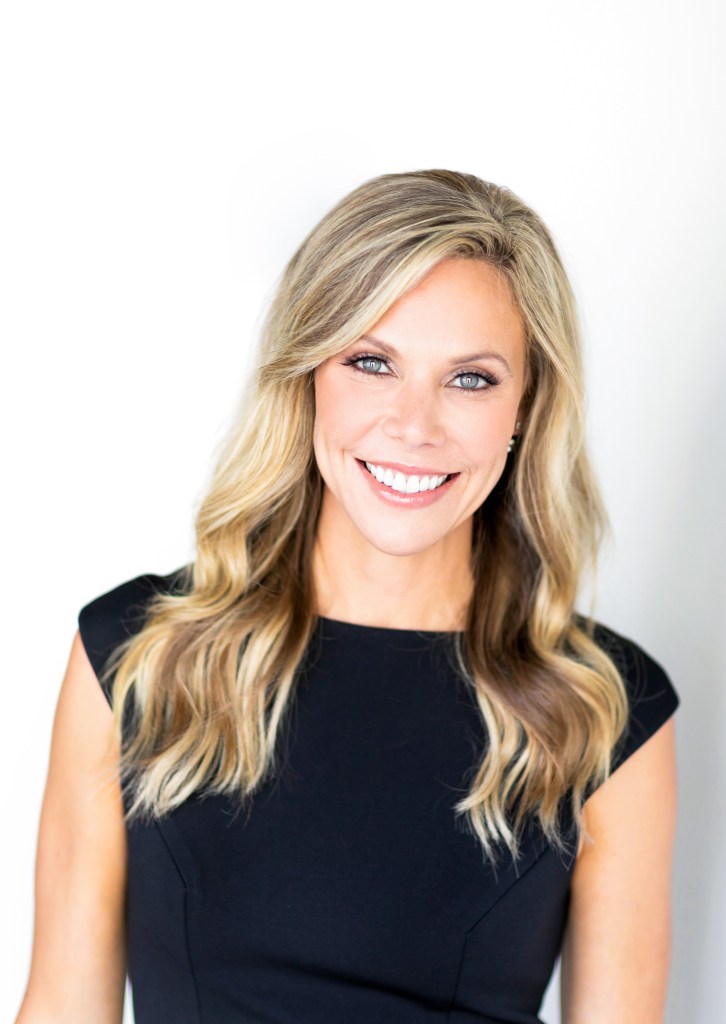Finance of America Companies (FOA) President Kristen Sieffert is bullish on the prospects for the reverse mortgage industry’s leading lender in 2024, particularly after the company went through a series of major changes last year, including the acquisition of American Advisors Group (AAG).
This is according to an interview with Sieffert featured on “Ten Minute Talks,” an interview series hosted by HousingWire President Diego Sanchez featuring mortgage or real estate leaders in the industry growing their businesses during a difficult housing market.
In addition to addressing the changes undertaken by FOA and Finance of America Reverse (FAR) last year, Sieffert also discussed broader macroeconomic trends and what it could take to bridge the gap between levels of business in the forward and reverse mortgage industries.
2023’s ‘massive pivot’ at FOA, AAG acquisition
FOA became the leading lender in the industry virtually overnight with the AAG acquisition.
“We went through a massive pivot last year, and we are solely focused today on really helping the modern retiree reimagine what their retirement years could look like through the power of their home equity,” Sieffert said. “We think there’s a really big opportunity for [the concept of] home equity being used to help fund retirements to [become] a mainstream concept. It already is in other countries, so that’s our reason for being.”
 Kristen Sieffert
Kristen SieffertWhen asked about the underlying strategies for such moves, Sieffert said that it ultimately came down to determining a growth opportunity specifically in the reverse space.
“It was really very clear to the team that we had an outsized opportunity to grow in the reverse industry,” she said. “The tailwinds as it relates to the market dynamics, the demographics, and the fact that the industry really still hasn’t scratched the surface on the opportunity [was] a really big and exciting thing that we all felt.”
FOA did previously have a forward mortgage division but elected to shutter it in 2022 and pivot entirely to the reverse mortgage and retirement financing categories. Consolidating its resources seemed a prudent move, Sieffert said.
“We could put all of our resources and energy behind [that] and have a bigger opportunity to win in this area,” she said. “It was also the area where we were the most evolved. We’ve been the largest wholesaler in our space for quite a while and AAG was the largest retailer, [so] bringing these companies together really gave us a unique foundation to do really big things in the future.”
Assessing forward vs. reverse
When asked about the potential opportunities in reverse when compared to the forward business, Sieffert said it came down to assessing the competitive landscape and identifying the biggest way the company could make a splash in its well-developed business.
“As it related to the forward business when we looked at the peers that we were competing against, there was a long way to go to bridge the gap in many different areas,” she said. “Even in technology, the things that we would need to invest in to catch up to those peers [presented a challenge]. When we took a step back and we looked at the macro dynamics going on, the reverse industry was just a great place for us to focus all of our energy.”
The opportunity became clearer with the AAG acquisition, and the corporate consolidation of that team, the legacy FAR wholesale team as well as the company’s product development specialists.
“We have this really savvy capital markets engine, as well, that has allowed us to be very innovative as it relates to bringing novel products to market,” Sieffert said.
The company offers a suite of private-label reverse mortgage products under its “HomeSafe” brand, which includes a few different variations including a recently expanded second-lien reverse mortgage that is unavailable to borrowers of the Federal Housing Administration (FHA)-sponsored Home Equity Conversion Mortgage (HECM) program. Such options, Sieffert explained, simply aren’t available to the business on the forward side.
“We can do those things in the reverse industry,” she said. “Those avenues weren’t really available for us in the forward industry. And so again, we think that the outsized opportunity for growth is in the industry that we’re focused on today.”
The proprietary landscape for FOA
When asked about FOA’s proprietary products, Sieffert explained that the deeper dive into that side of the industry came about from a directive handed down by the chairman of its board in 2013.
“One of the things that he said to us is [that] he really wanted to enable and empower our team to bring proprietary back products back to market,” she said. “We had some in the market, pre-2008. 2008 changed everything, and the industry was really just living off of the HECM product at the time.”
Being beholden to one product that has its terms dictated by the federal government necessitated FOA to bring other offerings to the marketplace, she said.
“Every year, there would be different changes made [to the HECM program],” she said. “Some of those changes would come out of left field, some of them really put the industry into difficult spots. We really wanted to add something to our product suite that gave us a little bit more control of our own business, so that we could be the masters of our own destiny instead of being order-takers to the things that were going on around us.”
Still, Sieffert and FOA are appreciative of the HECM program, she explained.
“We’re very grateful for the HECM program,” she said. “There’s been so much amazing work done in collaboration with Ginnie Mae and FHA over the past few years, especially. But we really think that to have a thriving company, we need more than just one product in our suite.”












 English (US) ·
English (US) ·